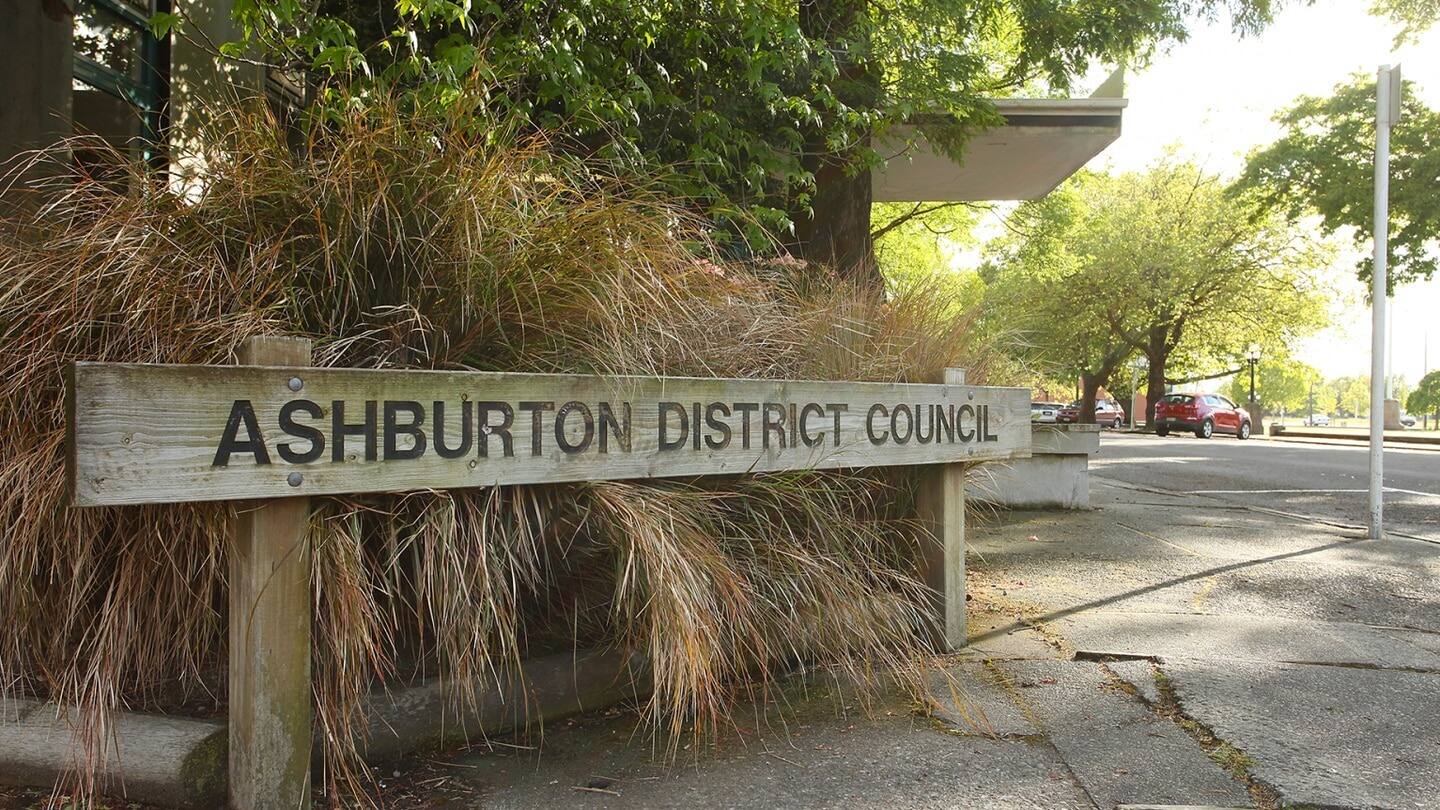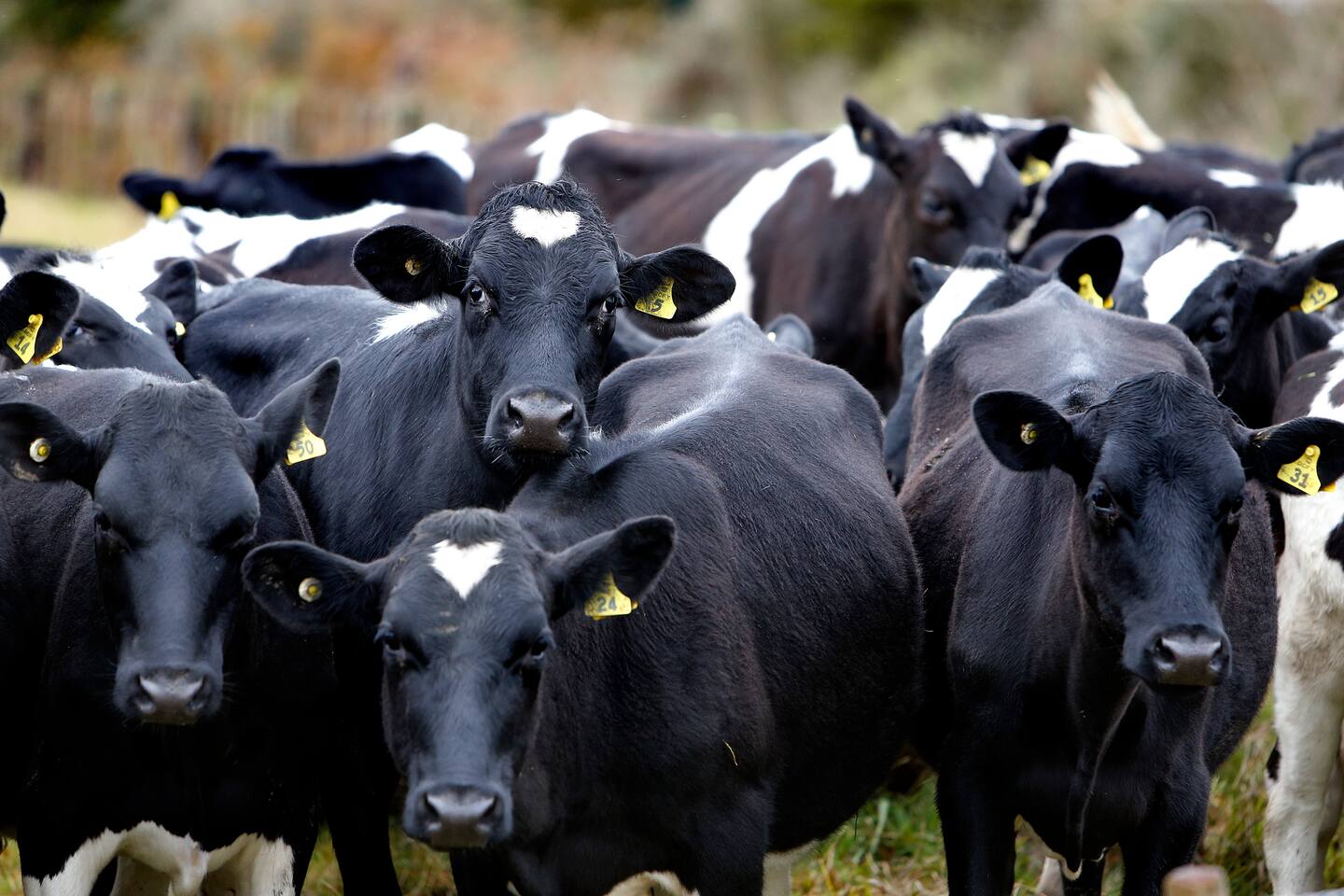
- Greenpeace tests found nearly 20% of Ashburton water samples exceeded allowable nitrate levels linked to blue baby syndrome.
- The Ashburton District Council maintains the water is safe, but Greenpeace argues current nitrate standards are outdated and ignore other health risks.
- Greenpeace blames intensive dairy farming for high nitrate levels and is calling for a phase-out of synthetic fertilisers.
Greenpeace is sounding alarms over Ashburton’s water, claiming nitrate levels in some supplies pose a dangerous threat to infants – despite the council’s assurances of its safety.
The environmental advocacy group held a free bore water testing event at the Ashburton Town Hall in early April and said nearly one in five samples exceeded nitrate levels associated with blue baby syndrome, a condition that can be fatal to infants.
Ashburton District Council group manager of infrastructure and open spaces Neil McCann said the council does its own testing and collects samples monthly from all 10 community drinking water supplies to ensure they do not exceed the maximum allowable nitrates as set out in the Drinking Water Standards for New Zealand.
“The latest test for the Hinds supply was 6.47mg/L nitrate-nitrogen (28.7mg/L nitrate),” McCann said.
“For drinking water, the New Zealand Drinking Water Standards set a Maximum Acceptable Value (MAV) of 50 milligrams per litre (mg/l) for nitrate, which is equivalent to 11.3 mg/l nitrate-nitrogen.”
While those levels are still within the national limits, Greenpeace says the standard – set in the 1950s – is outdated and doesn’t account for other known health risks associated with nitrates.
Greenpeace Aotearoa campaigner Will Appelbe said two samples collected during their event tested at “just over double the level of nitrate permitted in drinking water”, referring to the 11.3 mg/l nitrate-nitrogen MAV.
“This standard doesn’t capture other serious health risks associated with nitrate-contaminated drinking water,” Appelbe said.
Almost half of all bore water samples tested at the event were above 5 mg/l of nitrate, the level recommended by the New Zealand College of Midwives as the maximum for pregnant people to safely consume.
 The Ashburton District Council maintains the water is safe.
The Ashburton District Council maintains the water is safe.
A sample from the Hinds town supply tested at 6.55 mg/l of nitrate, Appelbe said, a figure marginally higher than the council’s result from its own monitoring.
“It’s unacceptable that these communities have such high levels of nitrate in their drinking water and it’s particularly concerning for pregnant people and small babies, whose health could be at risk,” he said.
“Everybody, no matter where they live, should be able to drink the water from their kitchen tap without worrying about getting sick. This is a present and looming public health crisis for Mid Canterbury.”
McCann said the council would continue testing all supplies, and noted that “traditionally, extra monitoring is required when supplies reach 50% of the MAV, but [the] council has been doing this on all its supplies since 2013, as the general level of nitrates in groundwater in Canterbury is well-documented”.
He said that while the council does not monitor private water supplies, “We strongly encourage private bore owners to test their own supply regularly”.
Greenpeace’s findings align with results from Environment Canterbury’s (ECan) own monitoring.
ECan science director Dr Tim Davie said ECan was not aware of the exact results from Greenpeace’s testing events, but what was shown confirmed ECan’s findings that nitrate in groundwater was a significant issue in the Ashburton District.
 Greenpeace blames nitrate pollution in Canterbury primarily on intensive dairying. Photo / John Stone
Greenpeace blames nitrate pollution in Canterbury primarily on intensive dairying. Photo / John Stone
“This is why we have developed plans, with policies and rules to reduce the amount of nitrate leached into our groundwater,” he said.
“Our role as a regional council is twofold – we monitor water quality in Canterbury’s groundwater, lakes and rivers, and we regulate land use practices that can affect water quality.”
Greenpeace blames nitrate pollution in Canterbury primarily on intensive dairying, with nitrate from cow urine and synthetic fertilisers leaching into aquifers.
“Intensive dairying is the main source of nitrate pollution in Canterbury,” Appelbe said.
“The solution is clear – we need a phase-out of synthetic nitrogen fertilisers and to transition to more sustainable forms of agriculture that don’t pollute the lakes, rivers and aquifers.
“Environment Canterbury has a responsibility to protect Cantabrians and they are failing in their duty by allowing drinking water contamination to exceed the Government’s maximum standards for nitrate contamination.”
Davie said ECan imposes stricter land use controls around community drinking water sources and that its Land and Water Regional Plan sets out limits on permitted land use activities, with resource consents and compliance monitoring required to ensure those limits are respected.
Taumata Arowai, New Zealand’s drinking water regulator, sets the official MAV, and Davie said ECan would continue to follow the lead of national health authorities regarding any future changes.
“We support calls for more research on any possible links between nitrate concentrations and human health, however, as a regulator, we follow the lead from national health authorities on determining safe limits of contaminants in drinking water and any questions regarding human health should be directed to health authorities,” Davie said.
Appelbe said there was a “growing body of evidence” that indicated longer-term exposure to drinking water above 0.87 mg/l can increase the risk of bowel cancer.
“Safe drinking water is a fundamental necessity for life and it’s alarming that rural communities are dealing with such dangerously high levels of nitrate contamination in their water,” he said.
Take your Radio, Podcasts and Music with you









